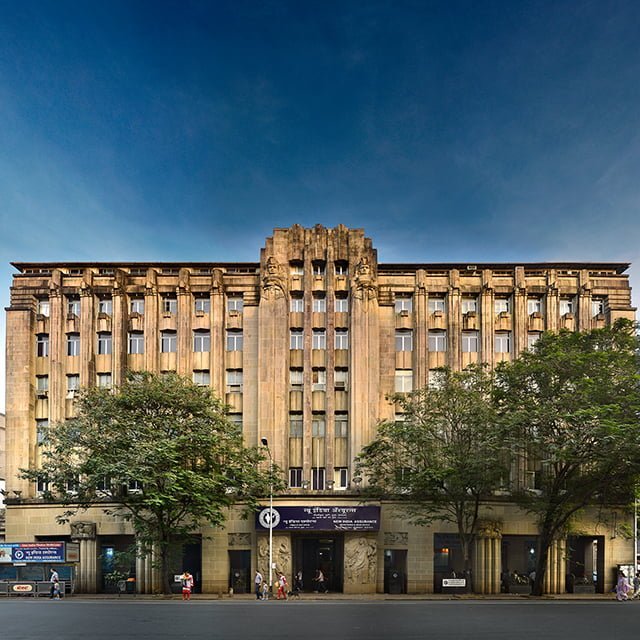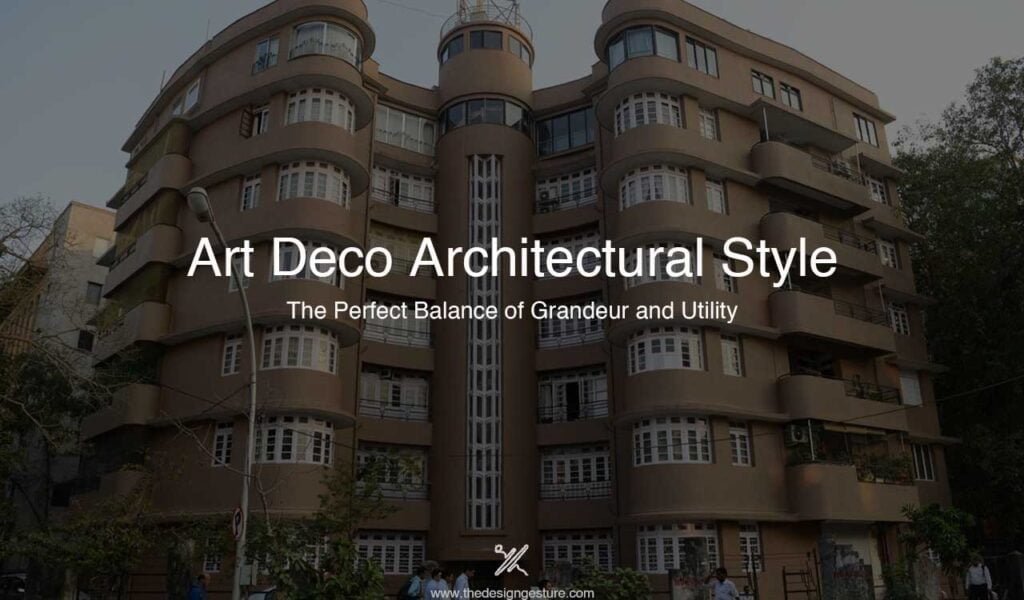From about 1920 until the 1930s, a plethora of architectural styles emerged, some of which shared several design characteristics. As the world thrived following World War I, tastes shifted, and the Arts & Crafts Movement gave way to Art déco. Most people identify the 1920s and 1930s with luxury, extravagance, and an increase in entertainment, which contributed to the widespread appeal of this prominent decorative movement. Because of its superb craftsmanship, lavish decoration, and luxurious materials, the style became associated with the Roaring Twenties.
Art Deco structures were easily recognizable during the height of the Machine Age. The architects of the time were highly inventive, seeking to construct new, modern, and distinct structures from previous revivalist forms. Art déco was born as a passionate but generally mainstream counterpoint to the more cerebral Bauhaus and De Stijl aesthetics of the 1920s. Designers of the Art déco era encouraged scientific advances, new materials, and automation, attempting to integrate them into the style’s overall aesthetic. Practitioners also absorbed and researched other modernist movements. Fashion, art, homewares, and architectural forms were all influenced by this short-lived style.
Table of Contents
In India
When it comes to the influence of art déco in India, it is concentrated in Mumbai. Bombay’s changing demography resulted in a growth of the educated upper-middle class. It became home to several communities, each bringing their authentic food, culture, and language to the city and its architectural legacy and a diverse spectrum of architectural styles. Land reclamation schemes and new residential and public architecture were needed to meet the demand for further developments. Parallel to the shifting political context in India and the aspirational aspect of art déco aesthetics, the city’s growth embraced this architecture style wholeheartedly.
Despite having the second-highest number of Art déco buildings globally (after Miami), Art déco is one of Mumbai’s lesser-known architectural styles. In India, Art déco evolved into a distinct style known as Deco-Saracenic. It was essentially a synthesis of Islamic and Hindu architectural forms. The Indo Saracenic Style was characterised by domes, arches, spires, stained glass, and minarets. The interiors are Victorian in style, but the exterior is Indian in style.
Art déco was an enthusiastic but mostly mainstream counterbalance to the more cerebral Bauhaus and De Stijl aesthetics of the 1920s. As an organisational design idea, all three emphasised clean, powerful lines. Art Deco designers embraced scientific advancements, new materials, and mechanisation, and strove to incorporate them into the style’s overall appearance. Other modernist movements were also absorbed and studied by professionals.
The Ideal Home Exhibition
The IIA (Indian Institute of Architects) organised the ‘Ideal Home Exhibition’ at Town Hall in Mumbai in November 1937, which was instrumental in spreading the Art déco trend. The display used modern and scientifically relevant materials and methods to showcase numerous aspects of a home, including furniture, interior design elements, radios, and freezers. Indian architects were enthralled by Art déco’s industrial modernism, which they saw as a way to emulate the west. The exhibits showed the ‘ideal,’ the ‘most modern,’ arrangements for various house parts. As a result, the western elites were the first to experiment with the technologically advanced facets of Art déco, and architects began the transformation process by the early 1930s.
Notable Works
Eros Cinema first opened its doors in 1935, establishing its presence at the crossroads of the city. Apart from the cinema, the construction of this structure on the then newly recovered Back Bay site housing stores and other businesses took around two and a half years. This building is painted cream and partially faced with red Agra sandstone, giving it a higher appearance. A central block connects the two wings of this Art déco structure. The foyer is made of white and black marble with gold accents. The upper story is reached via a marble staircase with chromium handrails. The murals portray Indian architecture in neutral tones.
The New India Assurance Building’s art déco architectural style mixes current art déco elements with modified classicism, as indicated by the strong vertical ribs of the façade, which give the structure a massive look and make it appear huge. The Tatas commissioned the structure, which oozes authority in an attractive manner. The grey concrete reinforced Tata’s gloomy and dignified demeanour by emphasising vertical design, which represents progress. A modern forced air cooling system with centralised ductwork was included in the design. The facade also features classical Greek and Roman imagery and features.

Though being largely concentrated in Mumbai, Art déco’s influence can be seen in other major cities of India like Kolkata, Hyderabad and Chennai.
Being timeless
Art déco’s influence was felt in a wide range of industries. Print, fashion, and architecture were all included. Art déco is a style that feels like it belongs to a specific era yet still looks fresh. In the 1920s and 1930s, the style represented new and futuristic technologies, and it is still associated with ideas of the future. In terms of dynamic colour palettes, highly saturated tones, and stunning material palettes like marble and stone that create a sense of drama and wealth, Art déco has impacted design.
Interior design is also seeing a resurgence of geometric architectural designs. Today’s perception of Art déco is likely to reflect our future outlook, implying a renewed interest in bold and dramatic interiors to replace the organic modernism that has dominated for years. Art déco has changed over the years, but it continues to fascinate and inspire with its distinct modern sense.
Author

Currently in her 4th year of Architecture at IIT Roorkee, Avantika believes that architecture is a tool for meeting people’s aspirations and providing them with better experiences. When coupled with design thinking, architecture and research have the potential to enrich our societies and have a constructive impact. Creating socially, culturally, and environmentally sustainable spaces is what architecture means to her. Her experience as an architecture student has shifted her world view and taught her to be more observant and empathetic.




